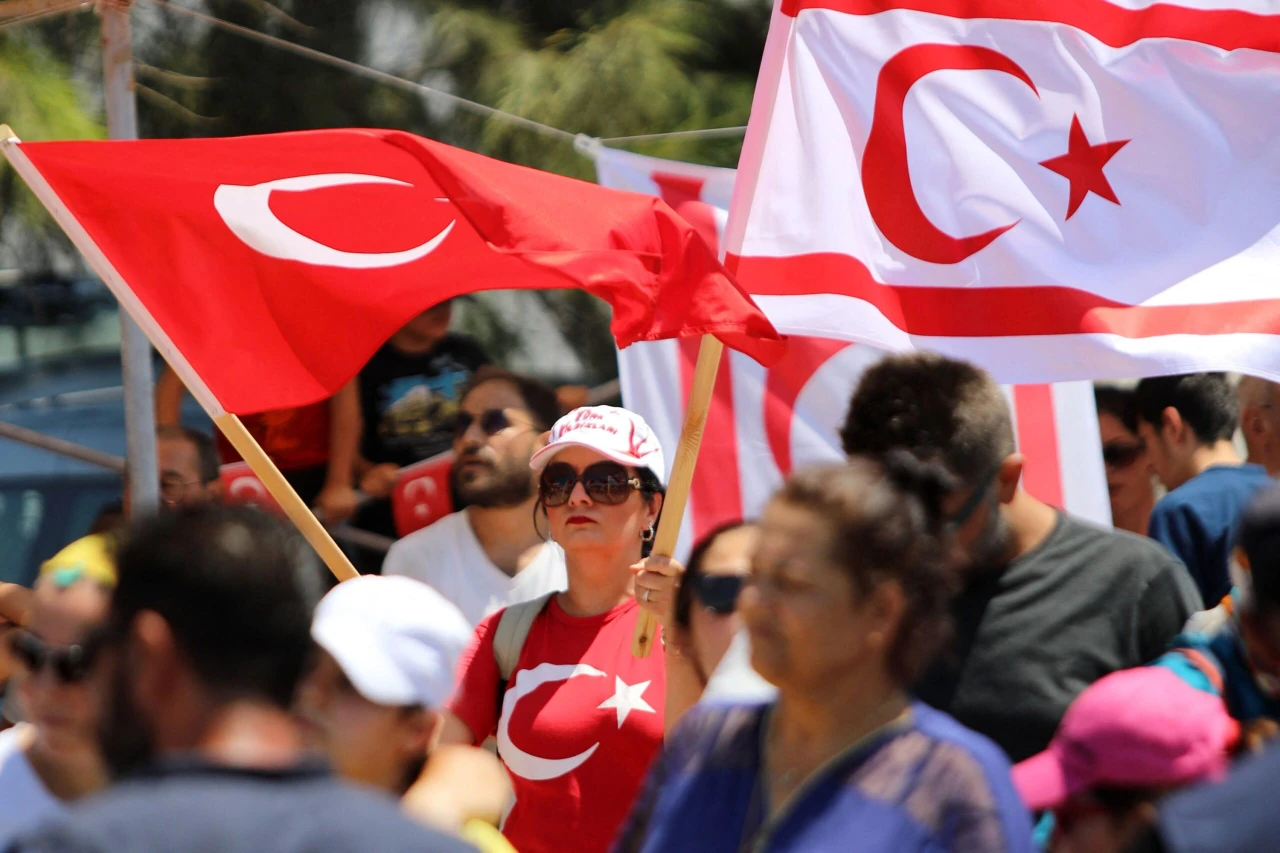New finds at Kerkenes ruins: Walls, figures unearthed in Türkiye’s ancient city Pteria
 Keykavus Castle in the ancient city of Pteria, also known as the Kerkenes Ruins, located in the Sorgun district of Yozgat, is being uncovered through ongoing excavation work, Türkiye, November 14, 2024. (AA Photo)
Keykavus Castle in the ancient city of Pteria, also known as the Kerkenes Ruins, located in the Sorgun district of Yozgat, is being uncovered through ongoing excavation work, Türkiye, November 14, 2024. (AA Photo)
Recent excavations at the Kerkenes Ruins in Yozgat’s Sorgun district have unearthed significant new discoveries.
The site, located within the boundaries of Sahmuratli village, has revealed parts of the walls of Keykavus Castle, as well as notable symbols including a cross and an animal head relief.
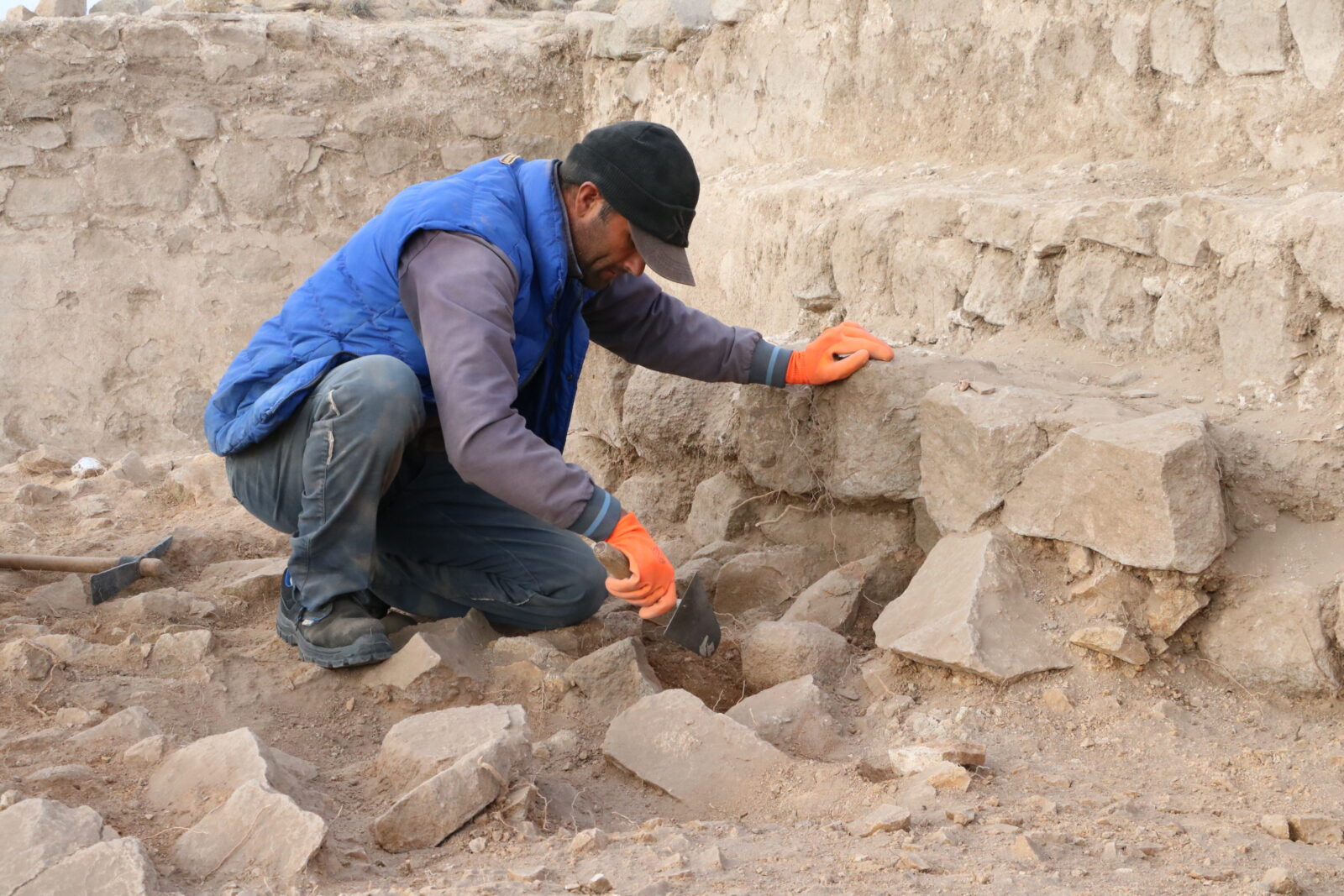
Excavation led by Turkish and international experts
The excavation, which has been underway for nearly 20 days, is being led by a team from Istanbul University, coordinated by Professor Sevket Donmez. The research has been supported by Türkiye’s Ministry of Culture and Tourism, along with the Florida University of the U.S.
During a visit to the site, Yozgat Governor Mehmet Ali Ozkan praised the efforts of the team and highlighted the remarkable progress made in such a short time.
“We are truly amazed at the progress made in just 20 days. The team has uncovered parts of the castle’s outer walls and several artifacts,” said Governor Ozkan. He also expressed gratitude to all those contributing to the excavation, including local officials and the Ministry of Culture and Tourism.
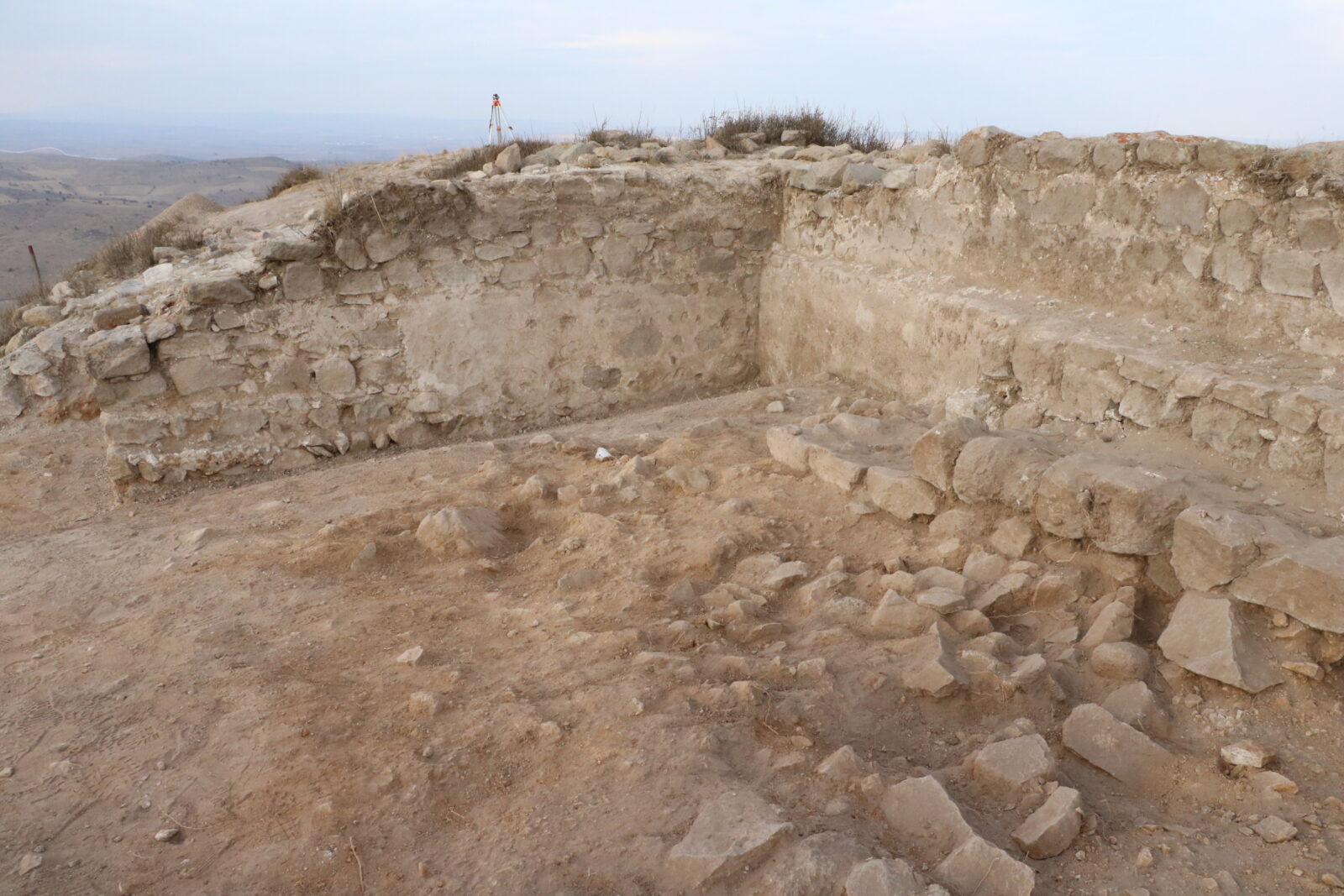
Keykavus Castle’s walls and surprises unveiled
According to Donmez, the team has already uncovered about 15-20 meters of the estimated 300-meter-long walls surrounding Keykavus Castle.
This discovery provides valuable insight into the architectural structure of the castle, which is believed to date back to several historical periods.
Insights into Early Roman and Byzantine eras at Kerkenes ruins
The ongoing excavation aims to further explore the entrance gate and the interior of the castle. Currently, the team is working on revealing layers from the Roman and early Byzantine periods.
However, it is widely believed that the castle also has a history tied to the Seljuk period, with ongoing research focused on uncovering more about the Turkish cultural heritage that emerged in the region between the 11th and 13th centuries.
Uncovering Turkic heritage and nomadic traces
The excavation has also revealed intriguing findings on the surface. Professor Donmez emphasized the discovery of walls that are believed to be associated with the nomadic Türkmen people.
These structures are likely to have supported tents, shedding light on the region’s history as a potential summer pasture or “yaylak” site for the Türkmen, spanning several centuries.
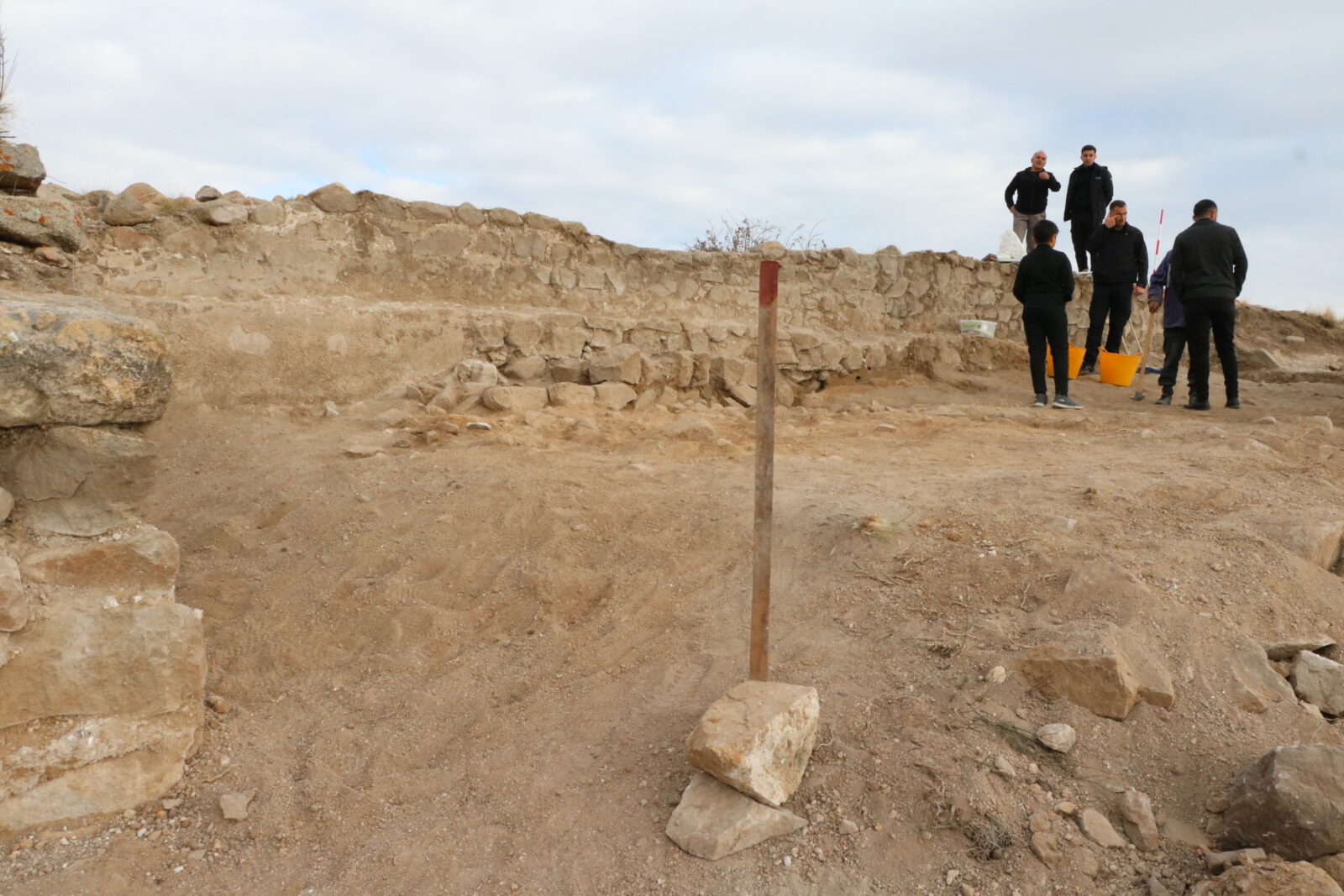
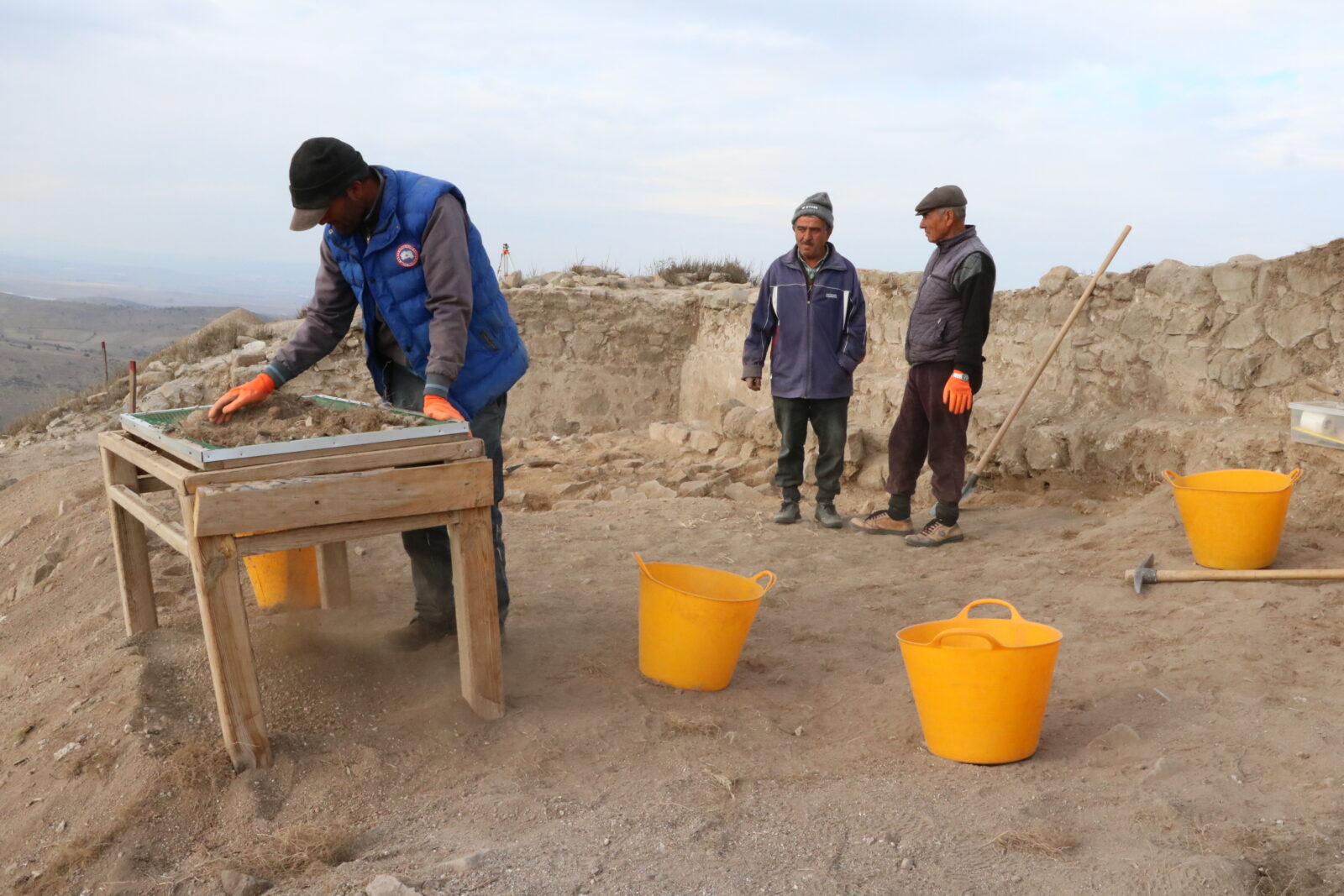
Religious and cultural symbols discovered
Among the most striking findings during the excavation were a cross symbol and an animal head relief.
These artifacts suggest the presence of a religious community that may have used these cultural symbols for protection or rituals, further enriching the understanding of the region’s complex history.
Rich tapestry of Türkiye’s past
The ongoing excavation at Kerkenes Ruins is revealing important new information about the ancient civilizations that once inhabited this region of Türkiye.
With a combination of Roman, Byzantine, and Seljuk influences, as well as unique Turkic nomadic traces, the site offers an invaluable glimpse into the diverse cultural layers of Türkiye’s rich past.

